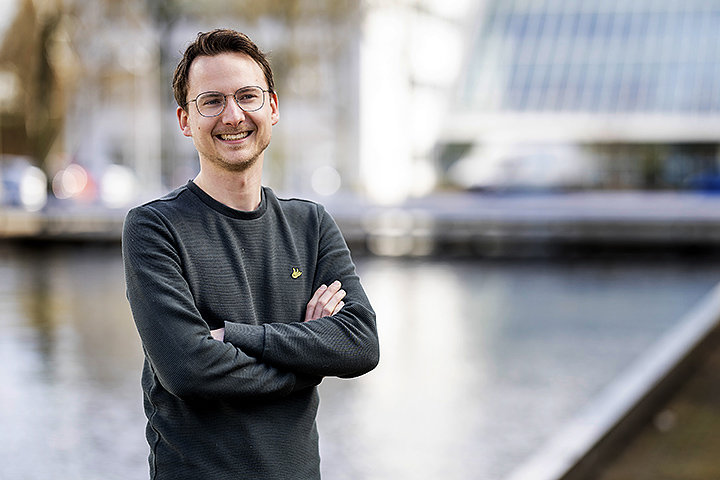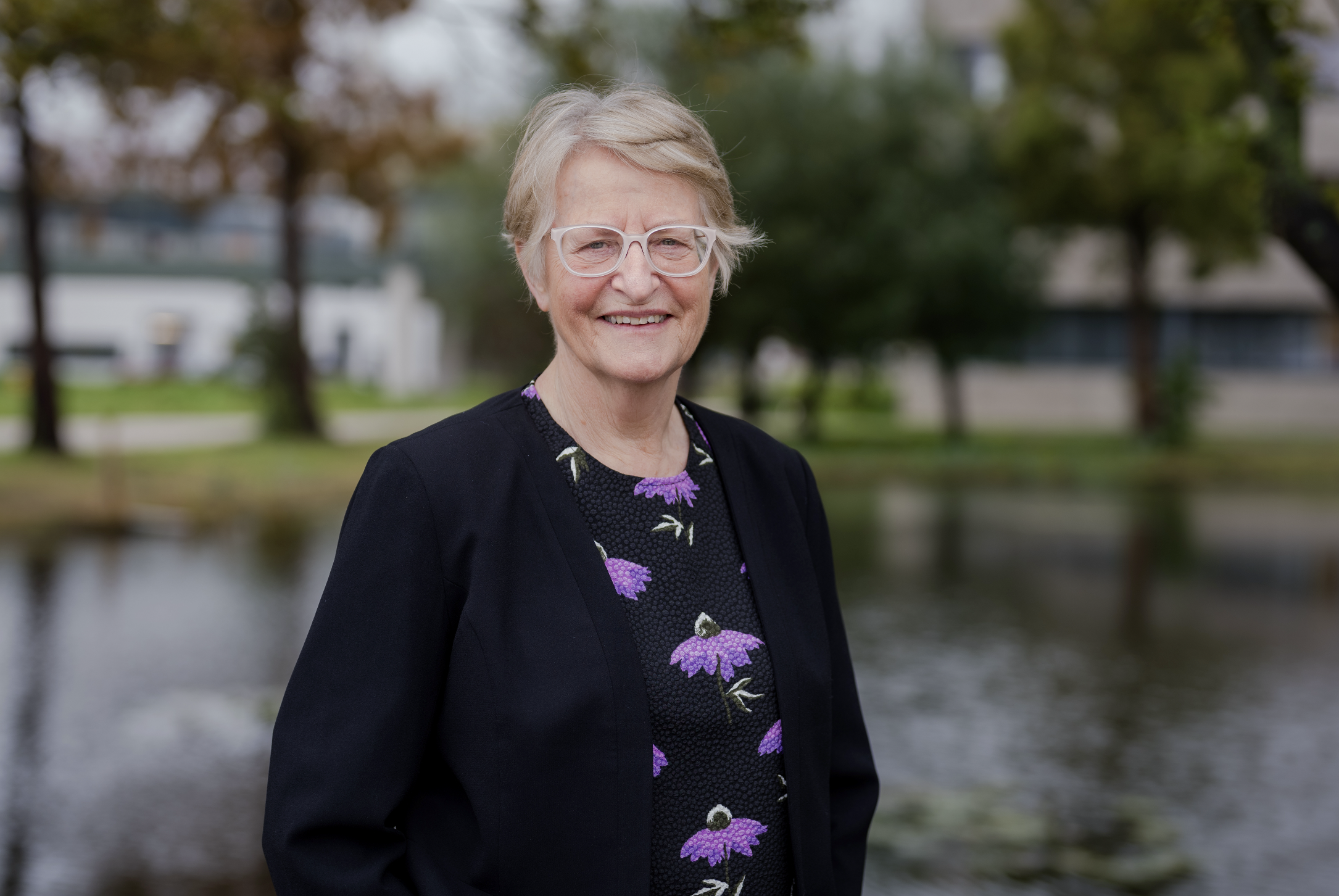Freshwater supplies on Terschelling
The island of Terschelling is entirely surrounded by seawater and it is concerned about its freshwater supply. Will there continue to be enough fresh water for all the local people and, if so, how can you structure the water system and land use to be water-resilient? Deltares is working with other organisations to study how the island can guard itself against the effects of climate change.
Bekijk de infographic
op desktop
Terschelling: view on a special field trial
Coastal areas and islands face salinisation and freshwater shortages, with consequences for users including agricultural producers and nature. On the island of Terschelling measuring, modelling, and field trials aim to seek future prospects.
Legenda
Solutions
Stakeholders
The current water system of Terschelling
1
2
3
4
5
6
7
8
9
10
11
12
Climate change
Dutch summers are getting drier and warmer, making freshwater shortages more frequent. At the same time, winters are getting wetter, making it necessary to think about flood prevention.
Too much and/or too little water
With drier summers and wetter winters, measures must seek a balance between water retention and water discharge. This means adapting the water system.
Drinking water demand
Current drinking water resources are under pressure. In the future, Terschelling may have to be self-sufficient for drinking water. This requires having new water resources.
Sea level rise
Sea level in the Netherlands is expected to rise between 30 centimetres to 1.2 metres by 2100. Terschelling is surrounded by sea so this will have a major effect on the groundwater system.
Salinisation
Brackish and salty water occurs in the subsoil and can flow towards the surface via seepage. We expect this to occur in more places in the future.
Recreation
As one of the Wadden Islands, Terschelling is a popular holiday spot. Holiday parks, campsites, and hotels generate income for the island. The beach and nature are always close by.
Policy
Governments ultimately take decisions on the layout of the landscape and water system. What can go where? Ultimately, various interests have to be balanced. Knowledge is the basis here.
Nature
Terschelling's dunes are a protected nature reserve, but its polders are also a high-quality agricultural nature landscape, especially for meadow birds.
Agriculture
Terschelling’s main agricultural activity is dairy farming, and by extensoin maintaining grassland. Agricultural nature management is an important aspect to this.
Water extraction
On Terschelling, a portion of the drinking water is extracted from the freshwater lens beneath the dunes. Additionally, drinking water is supplied via a pipeline from the mainland.
Underdrainage
We want to retain as much (fresh) water as possible on the island. Sometimes there is too much water, resulting in (groundwater) flooding. At this location, a campsite stays dry by means of underdrainage, which controls the water level. We measure the overall effect on groundwater levels.
1
Water extraction in the dunes
If Terschelling's water supply needs to become independent of the mainland in the future, extra sources will be needed. Together with the water company, we are investigating the what if and how to achieve a win-win. Can we prevent flooding by using excess water in the dune edge for drinking water production?
2
Revenue models for farmers
As a future perspective, farmers on Terschelling must have a robust revenue model. Wageningen UR is investigating the possibilities within the current and future water system.
3
Monitoring biodiversity: meadow birds and insects
Van Hall (Larenstein University of Applied Sciences), together with the local Bird Watch and the Society for the Protection of Birds, measures the quantity of meadow birds and chicks. The quantity and size of insects are of significance as an important food source.
4
Puddle trials
Puddle sites are set up for waders and meadow birds, using a solar pump to create wet spots in a field. We monitor the effect on biodiversity (insects and birds) and the water system (groundwater levels and fresh and salt water in the subsoil).
5
Saline cultivation
If the soil becomes to saline, not all vegetables can be grown. The Salty Taste Foundation tests saline crops such as samphire and sea aster. These products are already being used in restaurants on Terschelling.
6
Groundwater model
Using computational models, we simulate the island's water system. Subsequently we predict how the water system will change in the future due to sea level rise and climate change.
7
Water level rise
The water level has been kept low at this location. Together with farmers, we are exploring whether the water system layout can be altered and water levels can be raised. This would mean fewer problems with drought and salt. We can thus retain fresh water for longer and keep salt out of the root zone.
8
Monitoring (ground) water levels
Throughout the polder we monitor water levels, groundwater levels, and water salinity. We gain more insight into the functioning of the water system, determine the effects of the field tests and are improving the island's groundwater model.
9
Flood blocks
In two areas, the ditch level around several plots is raised with weirs and pumps. By retaining fresh water for longer, we try to prevent salinisation and at the same time are create favourable conditions for nature. We monitor this via a measuring network on both a polder and plot scale.
10
Grass yield
Having grass plots is important for feeding the cows on Terschelling. Together with the alterations to the water system, we want to maintain or even improve the grass yield. We gain insight by cooperating and measuring with farmers.
11
Grass trials
A grass breeder tests which types of grass grow best under dry and saline conditions. They do this by testing different strips per species. We take measurements to determine how dry and salty the subsoil is.
12
How do you remain as independent from the mainland as possible? This is a question that has occupied the people of Terschelling for centuries. According to Durk Holwerda of the province of Fryslân – himself a Frisian – this is part of the islanders’ nature. ‘They want to be self-sufficient and not be dependent on the mainland. Their isolated location means that the islanders want to manage their own affairs.’
But the island is still not entirely self-sufficient and it depends on a drinking water pipeline from the mainland. Although Terschelling does have its own freshwater lens below the dunes, climate change is threatening the island’s freshwater supply. The freshwater lens floats on salt water and, as sea levels rise, the salt water follows, with all the inevitable impact on residents, agriculture and tourism. Dry summers lead to shortages of fresh water, farmers suffer from wet, brackish fields and campsites are flooded more often.

Durk Holwerda
Area coordinator for the Frisian Wadden Islands
Durk Holwerda
Durk Holwerda is the area coordinator for the Frisian Wadden Islands at the Fryslân provincial authority. He tackles questions from municipalities, the water authority or SMEs in an integrated way. ‘I make sure supply and demand meet.’
And so the province of Fryslân decided to launch a major research project to see how the island can guard against the effects of climate change. Holwerda: ‘The provincial authority wanted to draw up an integrated water plan. This fitted in nicely with the project of Deltares, Van Hall Larenstein and WUR, leading to a win-win situation. The preparations were tense because this is quite a large project for a long period of time: four to five years. On the one hand, we had to secure financing, a phase in which people involved at the outset can drop out, and that required a lot of time, energy and stamina from everyone. But we managed to get everyone involved together and to make sound financing arrangements.’
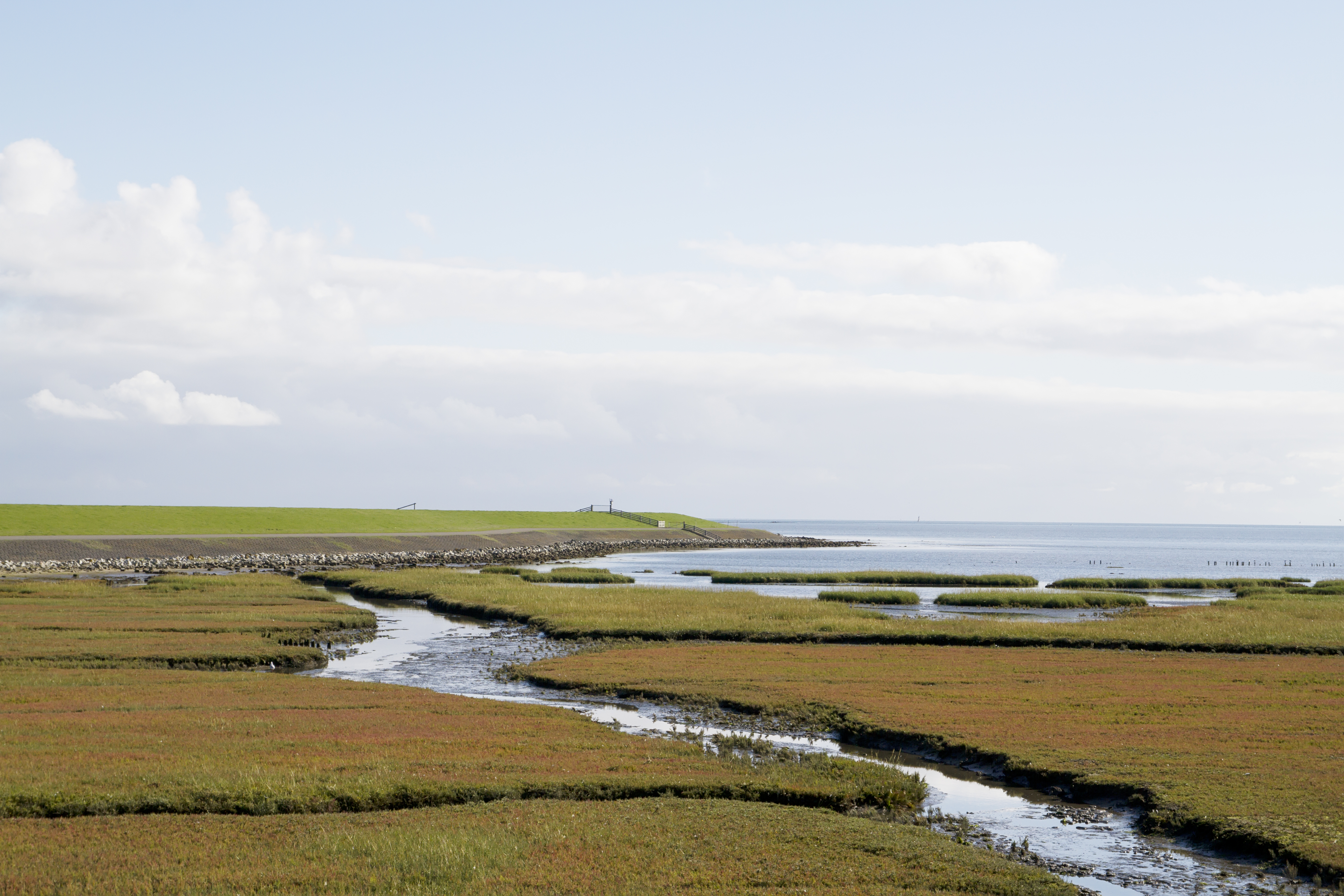

Saltwater salt marsh landscape
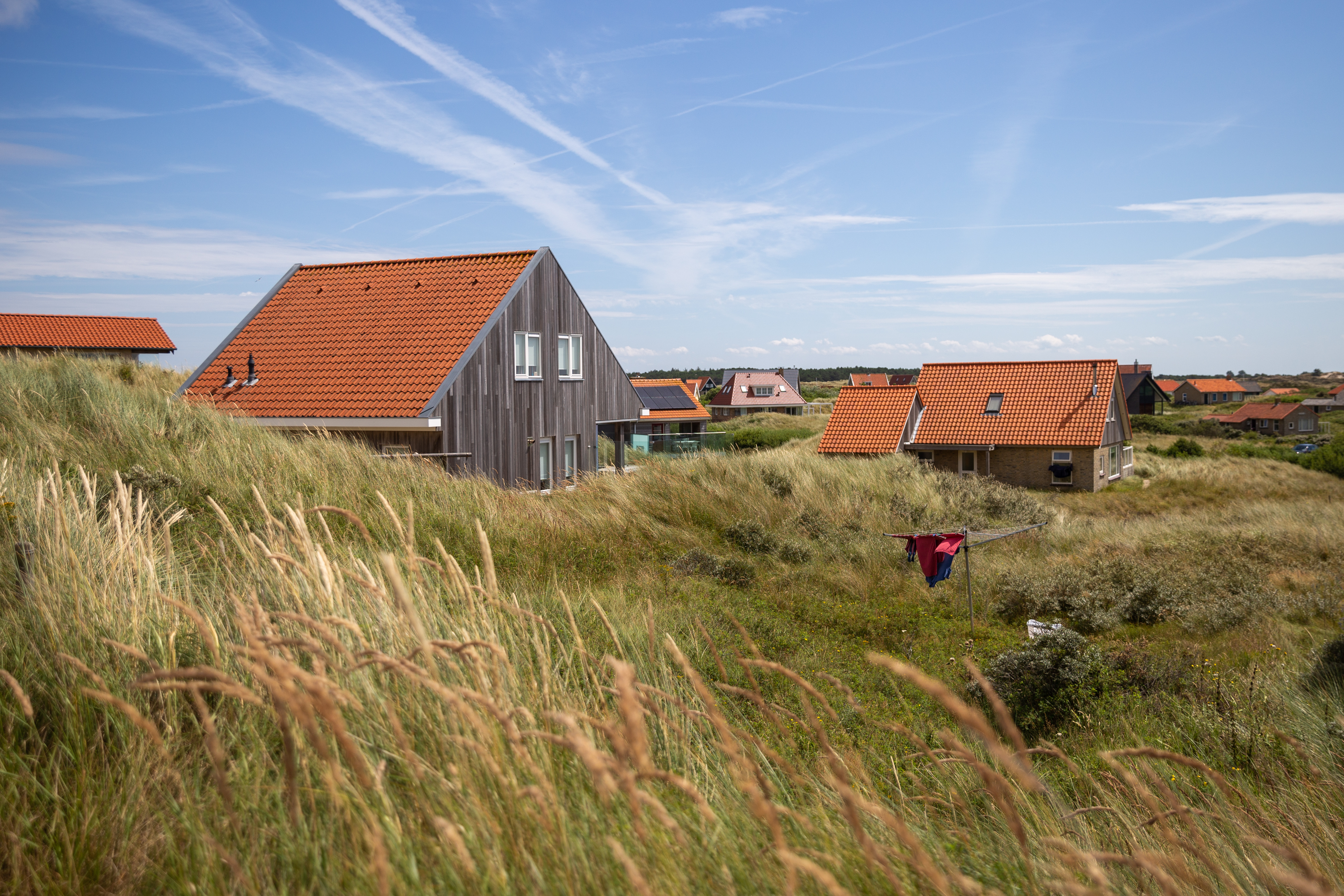

On Terschelling, nature is always nearby


The village West-Terschelling
Living Lab
Deltares, Van Hall Larenstein and WUR are contributing the knowledge, including the Delta Technology top sector, and AgriFood, the Wadden Fund and the Provincial Authority of Fryslân are providing the funding in collaboration with island partners. The approach used for the project is unusual. Virtually all the organisations involved with water on the island will play an important role. Holwerda: ‘Normally, we as the provincial authority write down what we want to achieve and ask the contractors to work out the details. That wasn’t the case this time round. We are ourselves part of a bigger project with broader support, the Living Lab, in which we are looking together at problems and solutions on Terschelling associated with climate change. In addition to the knowledge institutes and government authorities, campsite owners, farmers and bird spotters have seats at the table. Theory, practice and sensitivities meet here. We are moving out of our comfort zone and looking for solutions together. It’s a more playful and independent approach, and it is working well.’
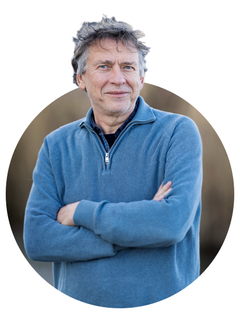
Testing ground for islands
Mindert de Vries is one of the initiators of the freshwater project on Terschelling. He works for Deltares as an integrated coastal management specialist and as a senior researcher at Van Hall Larenstein.
‘I launched this project four years ago after a series of LTO meetings where I spoke about how climate change...
Testing ground for islands
Mindert de Vries is one of the initiators of the freshwater project on Terschelling. He works for Deltares as an integrated coastal management specialist and as a senior researcher at Van Hall Larenstein.
Mindert de Vries is an ecologist by training and he specialises in integrated coastal management through the use of Nature-Based Solutions (NBS) at Deltares. He has an extensive knowledge of ecology, nature restoration and the effects of water and sediment pollution on species and ecosystems. He has been a project leader and initiator of many modelling studies and experiments relating to the application of NBS for fresh and salt water systems in collaboration with Ecoshape partners and universities. He is now a work package leader and coordinator of European projects on coastal and regional climate adaptation in close collaboration with the provincial authorities of Friesland and Groningen.
‘I launched this project four years ago after a series of LTO meetings where I spoke about how climate change will intensify salinisation on the islands. Farmers had gone through a very dry year in 2018 and they said they were having problems with salinisation and plots of land where nothing would grow. Deltares has already been conducting research for some time into how ‘sandy’ islands around the world are susceptible to climate change. So the ball started rolling and we got people together.’
Microcosm
‘Van Hall Larenstein introduced the Living Lab, a form of collaboration that we like to work with. Research and innovation go hand in hand here, and we get people from the practical side to work with the knowledge institutes and government authorities on establishing a joint perspective. We get everybody around the table and share problems, insights and solutions. Terschelling is a microcosm – a testing ground for other islands – where space is limited and there are opposing interests in the fight against climate change. Deltares and WUR contribute knowledge and the advantage is that we are independent organisations. Our knowledge is not coloured and it that is how other people see it. With this knowledge, and support from the climate model, we can jointly initiate discussions about which measures are effective. For example, we are looking at new grasses that can cope with salinisation better. We make calculations for stakeholders to improve their own role. In this way, we fill in the gaps in the picture of what is happening on Terschelling.’
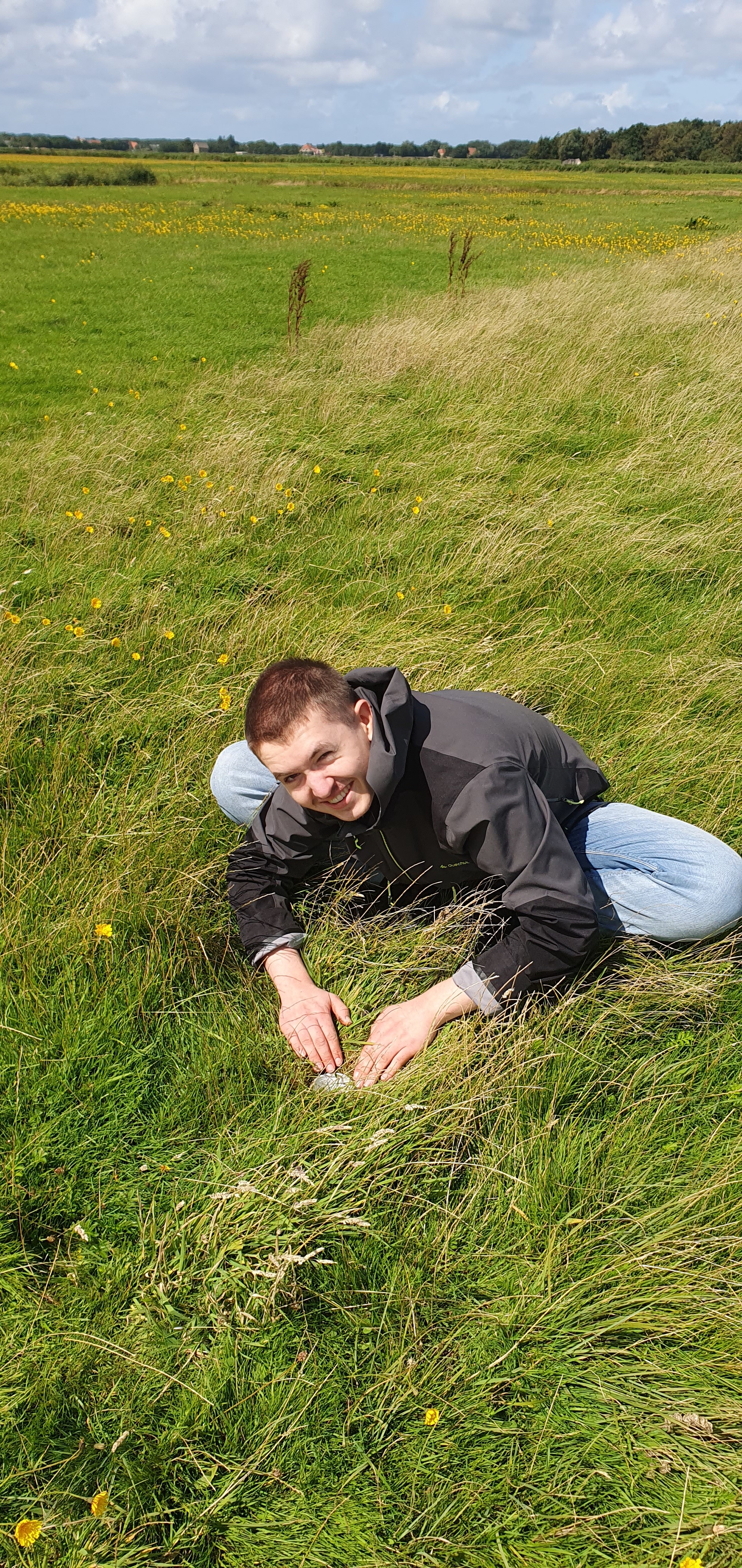
Insects as an indicator
To the south of Midsland near the Wadden dike on Terschelling, Luuk Bruinier, a student at Van Hall Larenstein University of Applied Sciences, is studying the island’s insects. They are a good indicator for the habitat...
Insects as an indicator
To the south of Midsland near the Wadden dike on Terschelling, Luuk Bruinier, a student at Van Hall Larenstein University of Applied Sciences, is studying the island’s insects. They are a good indicator for the habitat and therefore the biodiversity of an area. The insects themselves serve as pollinators and as food for birds. Crawling insects are also important for healthy soil. Bruinier catches flying insects with sticky traps and the crawling species with jar traps. In two weeks, he catches about 5,000 insects in the jar traps and 13,000 with the sticky traps he installs at different times during the season on three plots of land: two where water levels are raised, and a benchmark plot where everything stays as it is. The big question, of course, is what effects raising water levels has on insect numbers and biomass. In short, what effect does tackling salinisation in this way have on biodiversity?
Van Hall Larenstein students and staff will continue to trap insects until March 2026. The outcomes will be published then on the Toekomstperspectief Terschelling website.
So far, Bruinier has caught two unusual insects on the island. In one jar trap, he found a ground beetle (Bembidion aeneum) that had only been caught once before on Terschelling, incidentally in the same trial. There were several moss carder bees on his sticky traps. These bees are rare in the rest of the Netherlands.
Climate model
Field trials are currently taking place, and groundwater levels and salinisation are being monitored. ‘One of the province’s goals is to get schoolchildren and students involved with the Wadden area. Van Hall Larenstein students are conducting research on the island.’ Deltares has now developed a climate model that provides a picture of the effects of climate change. Terschelling is acting as a kind of testing ground in this regard because the results will also be of interest to the other islands. ‘Vlieland and Schiermonnikoog are still entirely self-sufficient in terms of water and they want to keep it that way. They face similar problems and want to draw on Terschelling’s experience for an integrated water system that is future-resilient.’
